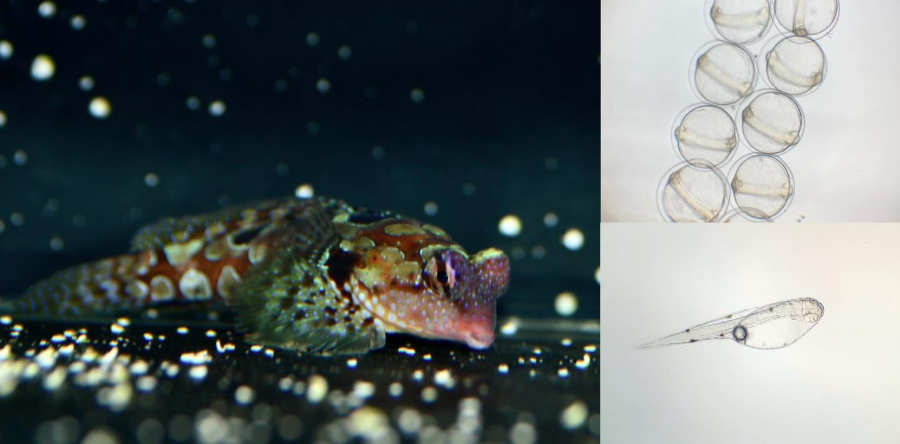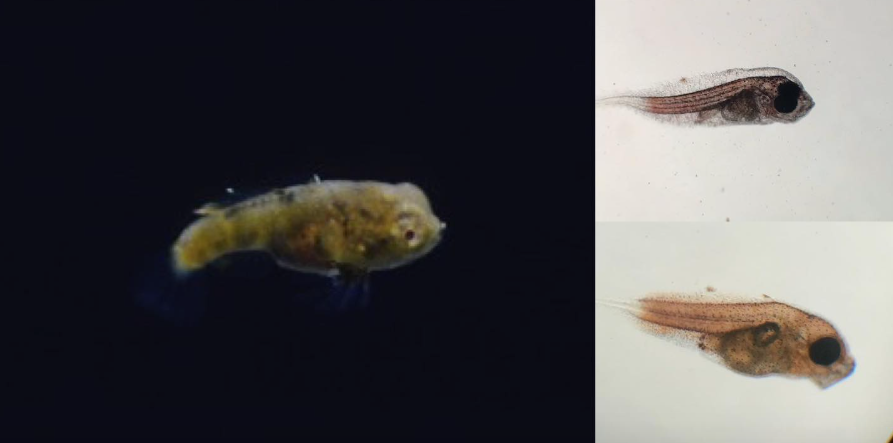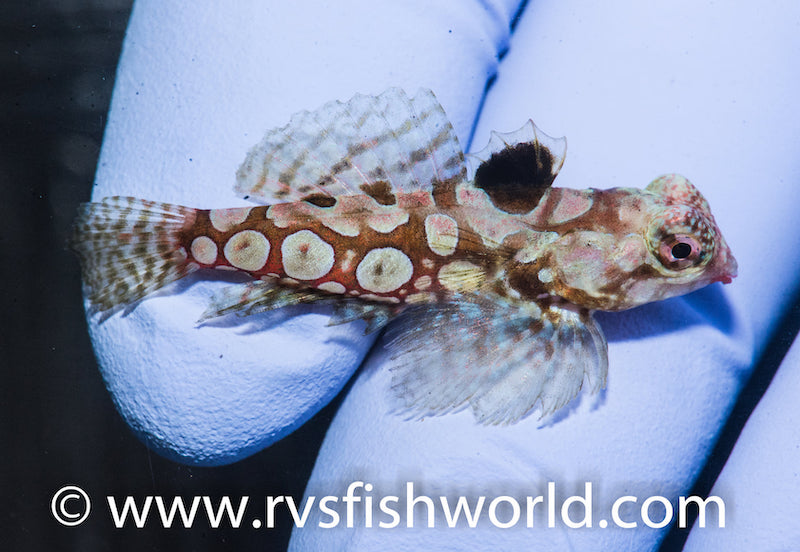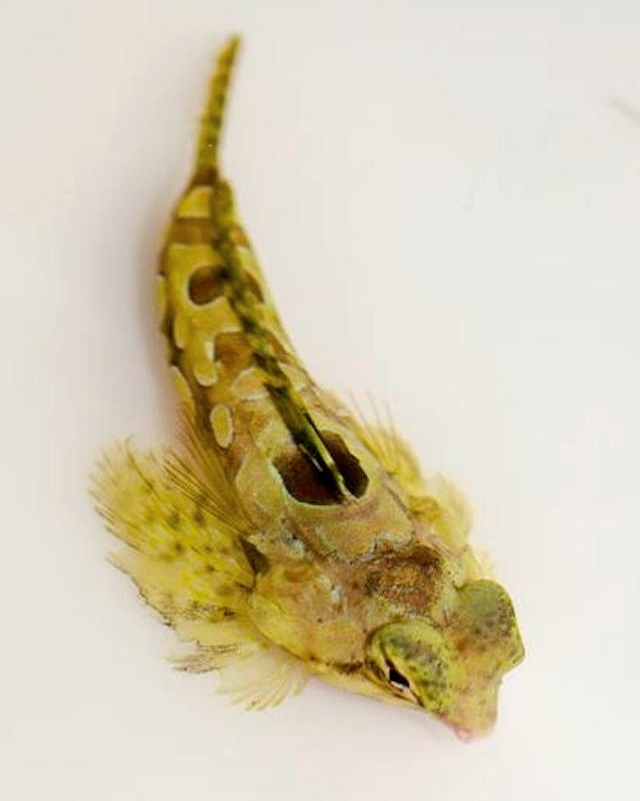Dutch wholesaler DeJong Marinelife has successfully bred the Circled Dragonet, Synchiropus circularis. Combine a male and female dragonet, feed them plenty of the right food and even captive spawning often comes naturally, but what makes this such a big deal is that S.circularis is an incredibly rare import, only entering the hobby a handful of times over the last few years. DeJong detailed the accidental import and also the speed with which they managed to breed them in their new state-of-the-art nursery facility:

“Synchiropus circularis is unique in having a very bold pattern of well-outlined circles on the sides and top of its body, like a green or spotted mandarin, but it has a more muted coloration that helps it blend with benthic-encrusting organisms and coralline algae,” DeJong said.
“S. circularis is one of those “book fish” that we have admired in pictures and from a distance. This species is exceedingly rare and only shows up very sporadically and intermittently. In the last 10 years, it has only been collected a few times. In March, we were unpacking a shipment from the Philippines when we noticed two ‘strange’ dragonets. After unpacking, it became clear that we had just unpacked two of these beautiful S. circularis. “We were lucky because it was a male and a female.”

“We transferred the fish to our quarantine breeding facility. Already after 1 week, they start mating and spawning. We still cannot believe how lucky we were. But this was not the end. We were also able to collect the first eggs and raise the larvae. It’s a new species, and we knew nothing about larval development or what food they needed. Therefore, we applied the same protocols we are using for S. splendidus breeding.”
“The larval development was the same, which made us able to give them the correct food. This resulted in small, incredibly cute, settled S. circularis. At this moment, they are still too small for sale but we hope we can offer these little guys soon and bring a new species to the market.”

Although described in 1984, the import of Synchiropus circularis has been restricted to just a few individuals that we know of. In 2014, the California Academy of Sciences Steinhart Aquarium collected one on an expedition in the Philippines, a new record for that species in the region. But as divers became more acquainted with the cryptic species they were again seen in the Philippines and even photographed by a number of divers, bizarrely, in spawning rituals with the much more popular Mandarin species, Synchiropus splendidus. Conversations with fish breeder ORA at the time confirmed that their Mandarins would also successfully spawn with their congeners, only spawnings of S.splendidus and picturatus resulted in infertile eggs.

In 2015, Bali Aquarium had a single S.circularis as bycatch, and it took six years before RVS showed off in 2021. And as DeJong confirmed above, theirs came from the Philippines in March, again as bycatch, but they were super lucky to have received a male and a female of the species. The number of saltwater aquarium fish being successfully bred in captivity is increasing by the week, and this is a great result both for the hobby, and wider ocean conservation in general. This comes just days after DeJong released news that they had also bred the White-nosed dottyback, Pseudochromis leucorhynchus. It’s exciting times for ornamental saltwater fish breeding.



